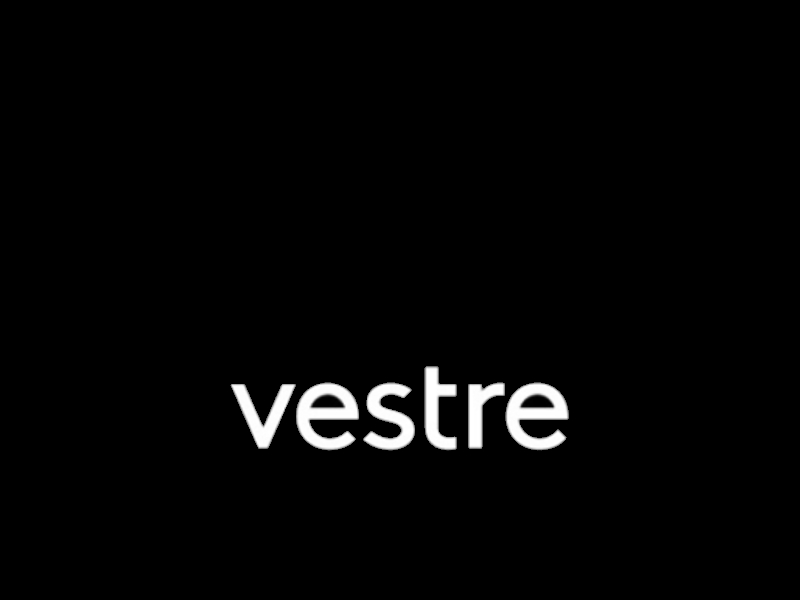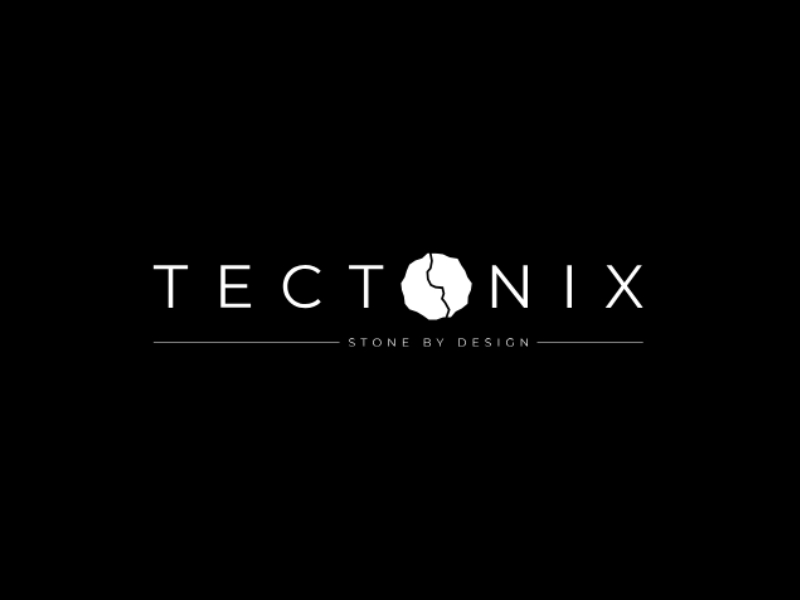Project showcase
Graphite Square, Lambeth – Third.i Group with Ben Adams Architects, Heyne Tillett Steel, Max Fordham and Martha Schwartz Partners

Tucked behind government ministries and the Albert Embankment, Graphite Square brings together office space for over a thousand people, 160 apartments of which 35% are affordable, a congregational space for the Methodist Church, a local café, public space, new pedestrian routes and residents’ gardens.
Who is on the project team?
Architect: Ben Adams Architects
Planning Consultant: DP9
Structural Engineer: Heyne Tillett Steel
MEP Engineer: Max Fordham
Landscape Architect: Martha Schwartz Partners
Ecologist: Greengage
Rights to Light: Point2
Transport Consultant: Caneparo Associates
Principal Designer / CDM: ORSA Projects Limited
Community Engagement: Four Communications
Acoustics: WSP UK
Describe the context of this project and its neighbourhood and people?
Graphite Square is the easetrn half of an urban block bound by Worgan Street and Vauxhall Walk. Tucked behind the ministries and multitudes of the Albert Embankment this mixed-use building knits together homes, workspace, a new church and a mix of outdoor spaces for everyone. The local neighborhood is home to large residential community in a mix of social and private housing leavened by a large open space at Vauxhall Pleasure Gardens, the Methodist Church Hall, local allotments and a key promenade along the Albert Embankment. Graphite Square is surprisingly quiet place in central London’s zone 1; a family neighborhood where young parents, commuters, empty nesters and flat sharers mix. It is a great place to live but a limiting one in which to work as local employment is restricted by a lack of local office space. This part of Lambeth has a history of river trade, warehousing and manufacturing space that has almost entirely been replaced by residential development from the 1930s onwards. The odd warehouse remains including the children’s publishing house Walker Books that occupies the northern part of the Graphite Square block. High quality, flexible office space that responds to post Covid demand, providing local places to work is in short supply with the notable exception of The Office Group’s Tintagel House on Albert Embankment. MI6 and Lambeth Council are significant local employers whose buildings help define the bustling Vauxhall interchange to the South.
Please describe your approach to this future place and its mix of uses. How will it function as a vibrant place? How does it knit into, and serve the needs of, the wider area?
Graphite Square is a wholesome mixed use building, bringing together office space for over a thousand people, one hundred and sixty apartments, a prominent congregational space for the Methodist Church, a local café, public open space with new pedestrian routes crossing east-west and north-south, and residents gardens with playgrounds at level four for all residents to share. The apartments are thirty five percent affordable and sixty five percent private in a mix of sizes aligned with Lambeth need. The office space is pre-let to a flexible workspace provider focused on small, hospitable spaces for startups and SMEs. The new church arose after conversations with local Methodist ministers revealed that their existing church hall is cold, drafty and windowless and tends to be used for storage space due to it limitations for congregational activities and worship. Its replacement is a fully fitted space where all the functions of the church can find a home, on a prominent corner of the site. Space to live, work, raise children and relax provide a successful mix of uses for a secluded central London site, and new pedestrian routes across Graphite Square in both directions create public links through the neighborhood - currently blocked by buildings, gates and private property restrictions. The surrounding pavements which are currently narrow, uneven and clutteredwill be widened to add to the significantly improved pedestrian experience. The architectural design references the local and historic context with features such as sawtooth roofs, solid brickwork, horizontal banding and crittal style windows.
What is the environmental impact of the project? How will the carbon use and material impact of the development be mitigated? What is the sustainability strategy?
Graphite Square is a net-zero project. Carbon use is dramatically reduced by careful consideration of the building fabric first: low carbon concrete, reduced structural loads, low carbon brickwork, natural ventilation, exposed structure and services reduce embodied carbon and reduce the need for additional finishes. Where existing buildings are dismantled each element is assessed for re-use on site or elsewhere, recycling into aggregate, recycled steel and glass.
Office spaces are heated and cooled by heat pumps and punched window openings reduce the heating and cooling load. Material specification extends to detailed design development with the supply chain to reduce embodied carbon in material transport, manufacture and installation. Water management is a critical part of the building with blue roofs mitigating rainwater runoff rates, sustainable urban drainage systems to all ground level landscaping and low water fixtures and fittings throughout the development. Energy generation is through photo-voltaic cells which cover all elements of the roofscape which are not used for terrace space. Winter gardens to each apartment assist thermal gain and usability in the winter months and provide rapid ventilation and outdoor space in the summer.
Biodiversity is greatly improved through large areas of new planting in a mix of species to provide year-round interest and varied habitats for insect and bird life. Sheltered, smaller green spaces augment local biodiversity by providing different habitats than those found locally in parks, allotments and private gardens.
Describe the social impact of the project: How will this future place contribute to the economic, environmental and social wellbeing of its citizens?
The economic impact of Graphite Square should be celebrated; dynamic workspace for over a thousand employees, a place to live of the highest quality for up to five hundred people and a mix of affordable homes in central London for those in need. The wider economic benefit of a thousand people living and working locally extends to shops, cafes, nurseries and all the local businesses uplifted by a landmark project. A net zero carbon building ensures this project removes carbon from the local environment by improving on the emissions generated by the existing buildings on the site and safeguarding future emissions through careful offsetting.
Social wellbeing is at the very heart of Graphite Square. The mix of public space in the local community is centered on the park at Vauxhall Gardens. Allotments line the northern edge, and the landscaped spaces at Graphite Square add public routes and more intimate dwell spaces to the local mix. The 1800sqm of new public space creates opportunities for community use such as local markets and a safe space for children to run around. Natural surveillance of these areas adds to the safety and well-being of residents, workers and visitors.
Shared gardens at fourth floor level provide sheltered open space local residents, play space for children and an elevated garden. The social and spiritual fabric of this part of Lambeth is enhanced by a new church providing a focus for Methodist worship and a flexible church hall open to the local community.
Festival of Pineapples
24-26 February 2026
Pineapples prize giving night
April
Pineapples at Festival of Place
10 June 2026
© The Pineapples - Tweak Ltd. 124 City Road, London, EC1V 2NX. Tel: 020 3326 7238



